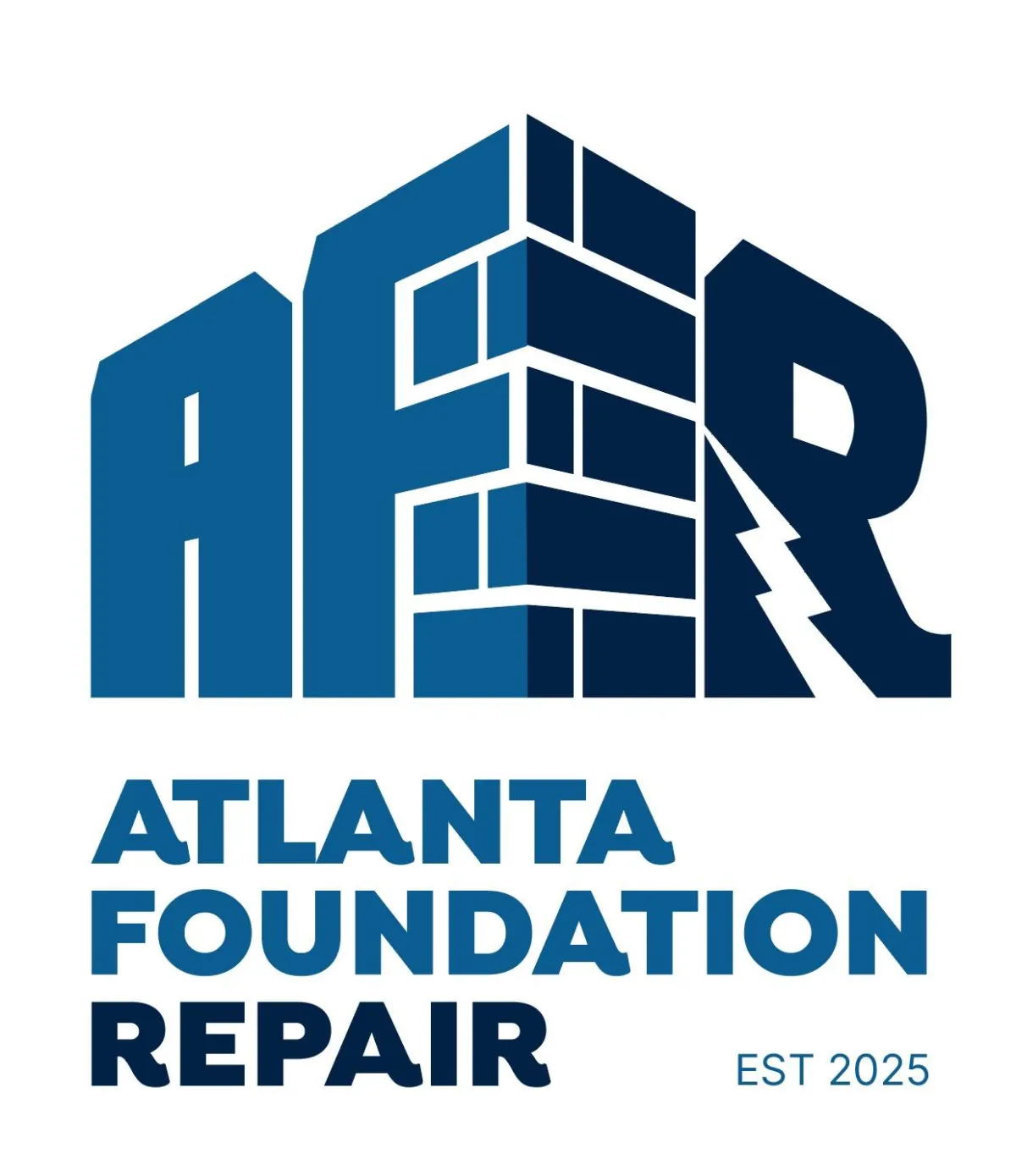Atlanta, GA
Interior Drains in Atlanta, GA
How Water Actually Enters Under and Around a Basement Slab
Water doesn’t always rush in through big cracks; it often comes through the path of least resistance along the cove joint—the line where the wall meets the floor—and through pores in the slab itself. Rising groundwater and hydrostatic pressure force moisture upward and inward, especially during wet seasons. An interior drain system is designed specifically to intercept that water at the perimeter instead of letting it spread across the floor.
Core Pieces of an Interior Drainage System
To understand what you’re getting, it helps to break the system into parts:

Collector Channel or Pipe
Installed along the perimeter under the slab edge, this captures water coming from the wall-floor junction and from beneath the slab.

Drainage Stone or Structured Pathway
These materials give water a low-resistance route so it flows easily toward the sump basin.

Sump Basin and Pump
Collected water gathers in the basin and is automatically pumped outside and away from the foundation.
What Interior Drains Do Well (and What They Don’t)
Homeowners should see interior drains as one piece of the puzzle:
They reliably keep water from pooling on the basement floor.
They don’t stop water from contacting the outside of the wall—that’s an exterior issue.
They greatly reduce musty odors and moisture-related deterioration.
They depend on a functioning sump pump and power source to keep up during storms.
Our Services
Helpful Links
Contact Information
Phone:
Business Hours:
Mon - Fri: 8:00 am - 5:00 pm
Sat - Sun : Closed
service areas
© 2025 All Rights Reserved | Atlanta Foundation Repair
